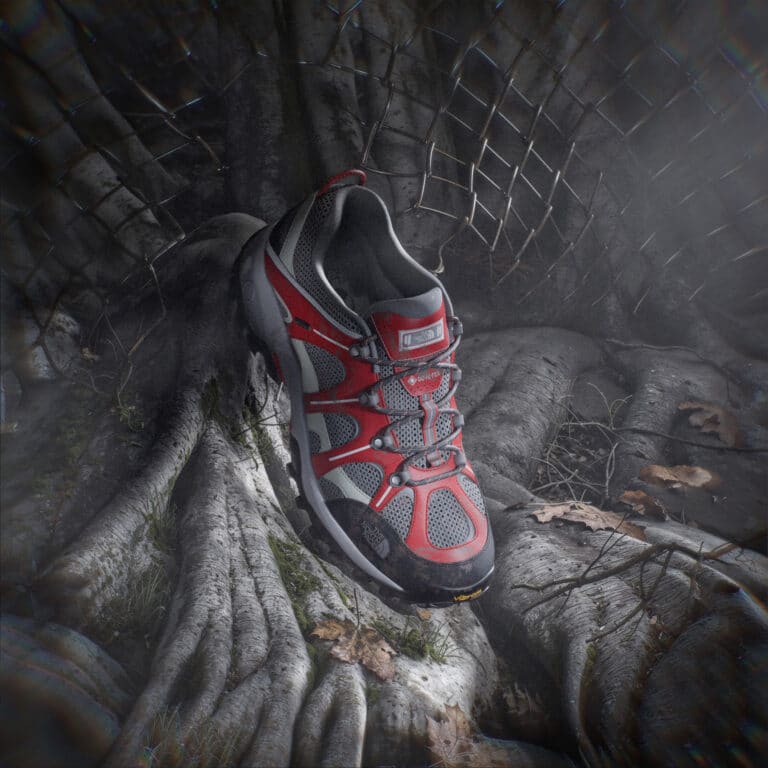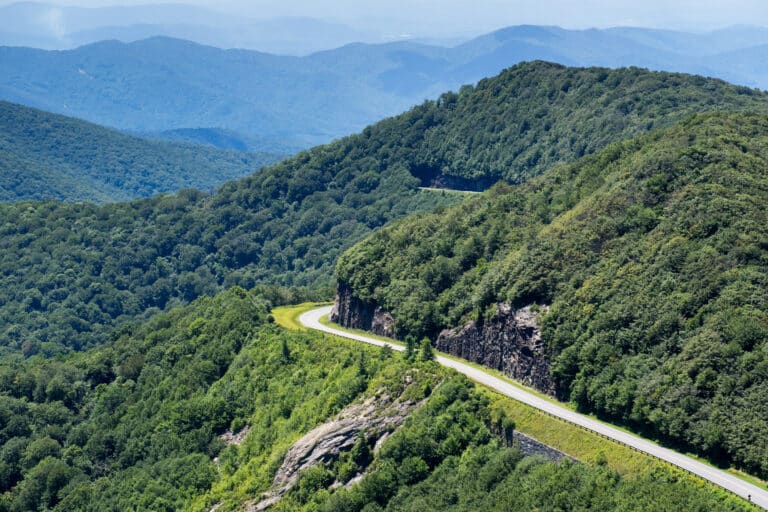Mile High State Park
The state of North Carolina is purchasing Grandfather Mountain and 2,600 acres of surrounding wilderness in the Linville area for $12 million. For decades, Hugh Morton’s family has managed Grandfather Mountain as a private nature park. The 5,964-foot mountain has earned international recognition as a United Nations World Biosphere Reserve, and it attracts 250,000 visitors each year. After Morton passed away in 2006, his family sold the mountain to the state to ensure the land is forever protected.
Return of the Chestnut
The American chestnut, which was virtually eliminated from Appalachian forests in the early 20th century by the chestnut blight pathogen, is being restored through several innovative programs. The American Chestnut Foundation has been cross-breeding Chinese chestnuts’ resistance to the blight into the American chestnut. Scientists at the State University of New York are developing blight-resistant American chestnuts using a gene that comes from wheat. And The American Chestnut Cooperators Foundation is working with Virginia Tech to find and breed the few remaining native chestnut trees that have demonstrated blight resistance.
The Chopping Block
1,800 acres of logging projects have been proposed in southwestern Virginia, including 315 acres in the Hearthstone Lake area and 566 acres in the Back Draft area, which is home to trout streams and old growth forests. In North Carolina, 205 acres of logging and herbicide applications are proposed for the Harmon Den area of Pisgah National Forest, which is adjacent to Max Patch Bald, the Appalachian Trail, and Great Smoky Mountains National Park. For more info, visit virginiaforestwatch.org and wildsouth.org.
The Civil Wal-Mart
Wal-Mart has purchased a 55-acre site in Virginia less than half a mile from the federally protected Wilderness Battlefield, a national park unit that commemorates an epic Civil War battle between Robert E. Lee and Ulysses S. Grant. The battle was so intense, the woods caught fire, burning many soldiers alive. According to the Civil War Preservation Trust, a retail development so close to the battlefield will mar its historical integrity.
Beheading More Mountains
In October, the Office of Surface Mining proposed to repeal the Stream Buffer Zone Rule, which prohibits mining within 100 feet of streams. The rule has been in place for three decades and is the last remaining legal impediment to mountaintop removal coal mining. By removing the rule, coal companies could expand their mining activities significantly. The Environmental Protection Agency can still reject the proposal.
More Delay for the Bay?
The EPA has signed agreements to reduce pollution entering the Chesapeake Bay three times. The latest agreement, signed in 2000, would have cut nitrogen and phosphorous pollution enough to remove the Bay and its tributary rivers from the federal Impaired Waters List. Eight years later, the EPA admits they will miss this goal, and they are discussing moving the deadline back another twelve years. Fed up with the constant delays, the Chesapeake Bay Foundation is suing the EPA for failing to uphold the Clean Water Act.
Biofuels Increase Carbon Emissions
The rush to grow biofuel crops—widely embraced as part of the solution to global warming—is actually increasing greenhouse gas emissions rather than reducing them, according to two studies published last month in the journal Science. Converting existing farmland from food to biofuel crops has increased greenhouse gas emissions at home and caused widespread deforestation abroad.
An Even Bigger Load of Crap
A new Bush administration rule signed on Halloween made thousands of factory farms exempt from needing permits that limit water pollution. Confined Animal Feeding Lots, or CAFOs, as factory farms operations are known, create large amounts of waste—including bacteria and pathogens—that runs off into waterways, contaminating drinking supplies and harming aquatic life. The EPA estimates that these facilities generate three times more waste than people do nationwide—virtually all of it ending up in our water supply.
By the Numbers
- 99: Percent of trips taken by U.S. residents are in cars.
- 10.3 billion: Number of public transit trips taken by U.S. residents in 2007, a 50 year high.
- 4 to 1: The proportion of federal spending that is devoted to highways over public transportation.
- #1 reason cited for not taking public transportation: not enough rail lines or local options.
Source: Department of Transportation







